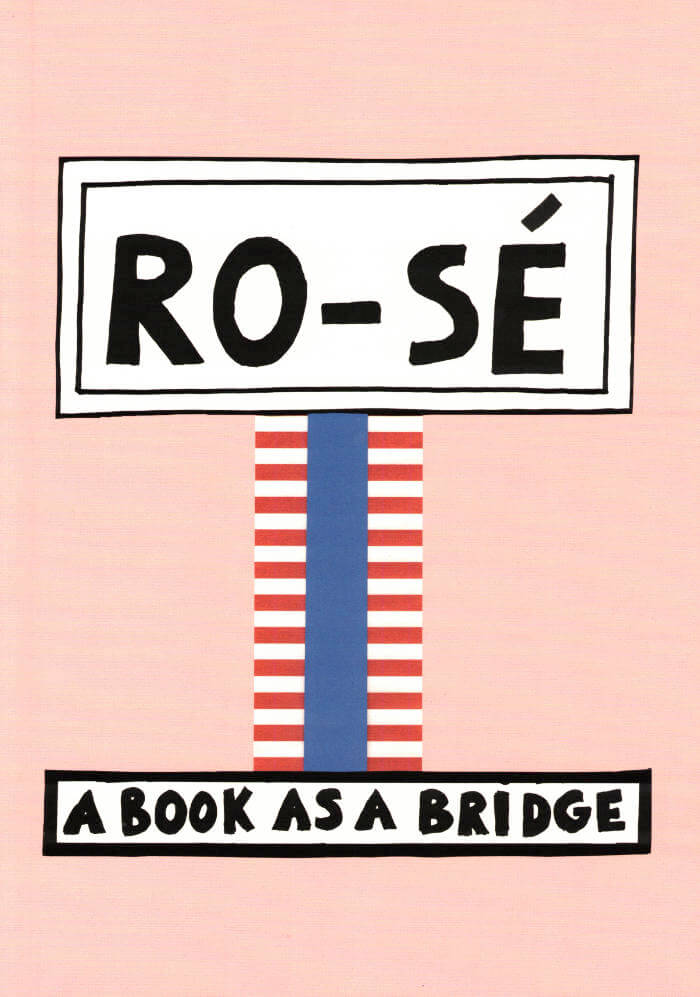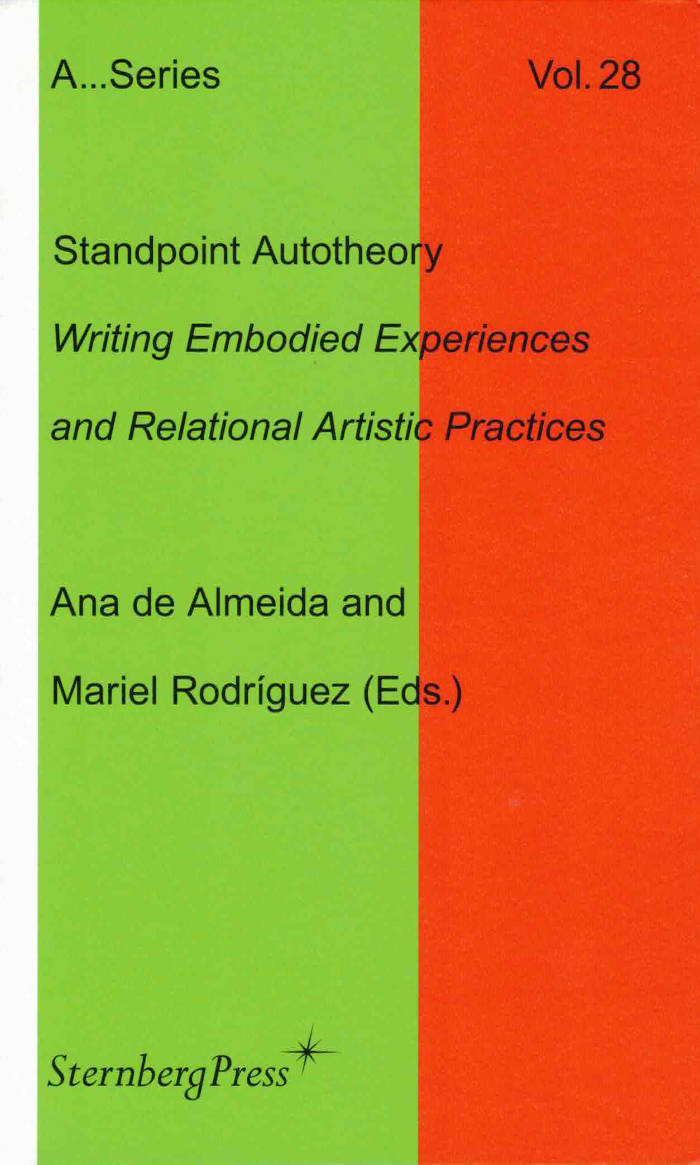
RO-SÉ – A Book as a Bridge
A hybrid monograph/artist book of Nathalie Du Pasquier's work.
Published on the occasion of Nathalie Du Pasquier's solo show at MACRO – Museum of Contemporary Art of Rome, this book navigates the space between an exhibition catalogue and the artist book with juxtapositions of photographs of Nathalie Du Pasquier' works, installation views of the show at MACRO, and extracts from texts by various writers and figures fundamental for her practice. These come together to create an extension of the exhibition itself, in a form that channels the spirit of the show: the pages become exhibition spaces embracing associations and combinations allowing for a deeper understanding and exploration of Du Pasquier's work, and her imagination at large. It is a glimpse into the possibilities offered by her oeuvre, which can be approached, interpreted, and experienced from countless perspectives. It is the very vastness and variety of her work, and her inspirations, that make the exploration of her work—and as a result this publication—non-exhaustive. This publication is part of an ongoing study of her work and documents her exhibition at MACRO, "Campo di Marte," Du Pasquier's biggest show to date which brought together over one-hundred paintings, sculptures, drawings, prints, and cabins, from the early 1980s to present day.
A famous designer and co-founder of the Memphis group in Milan in 1981, Nathalie Du Pasquier (born 1957 in Bordeaux, France, lives in Milan, Italy) accompanied the (post)modern adventure around designer Ettore Sottsass, with the creation of objects, fabrics, carpets, and furniture.
Edited by Luca Lo Pinto.







